
Remnant of old Manila’s entertainment scene
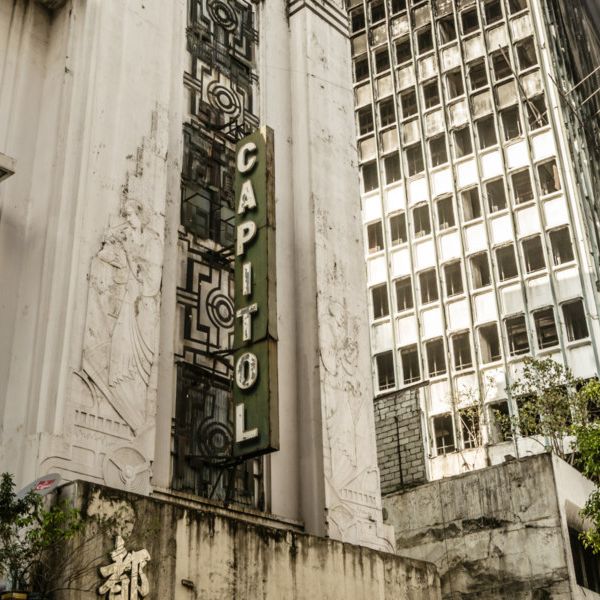
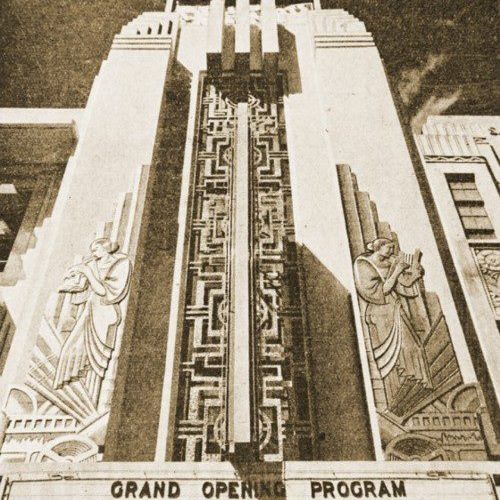
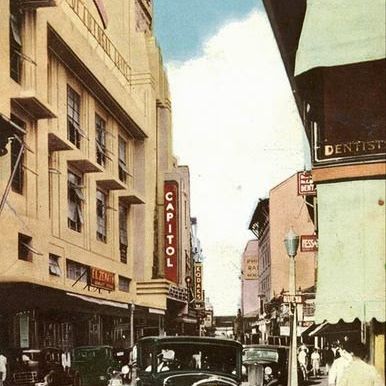
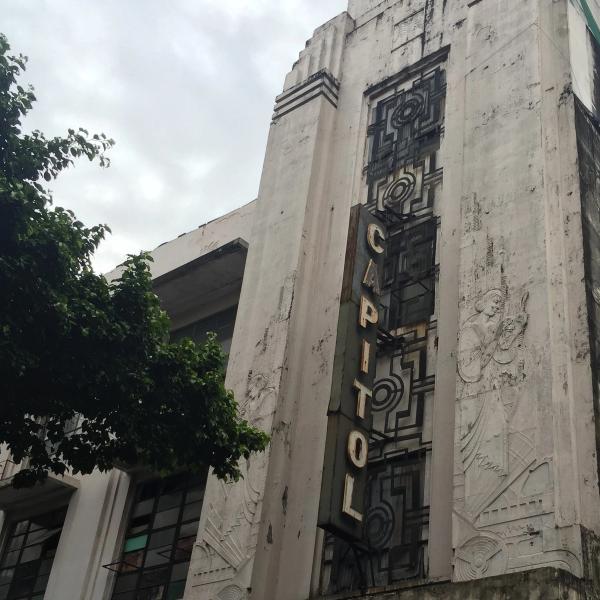
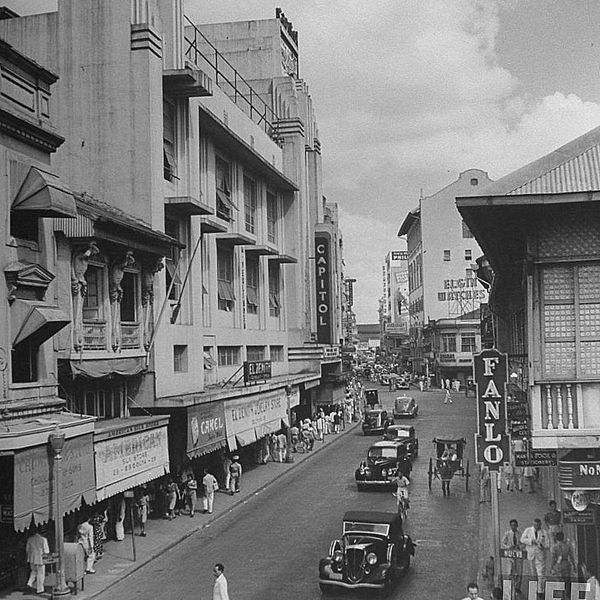
- 243 Escolta Street, Binondo
- Not open to public
Grand Movie House
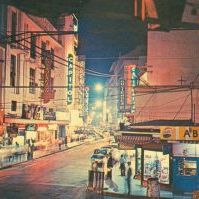
During pre-war Manila, Escolta was lined with bars and theatres, the hustle and bustle of the weekend Manila crowd. The most popular entertainment venue was the Capitol Theatre. It was owned by the theatre moguls Vicente and Ernesto Rufino, who also owned several other theatres and movie houses across Manila. Built in 1935, it was designed by Juan Nakpil, the popular Art Deco style similar to the Regine and Perez-Samanillo Building. Only Warner Brothers movies were shown here because movie production companies owned their own movie houses, disallowing rival companies to show their movies. During the Japanese occupation in the 1940s, Hollywood films were prohibited and were replaced by Japanese film propaganda. In World War II, some parts of the structure and wall murals were destroyed, but the theatre as a whole stood strong amidst the rubble. It was restored after the war but stopped operations in the 1970s because of the waning popularity of independent movie houses.
Don’t be fooled by the modestly narrow façade, the Capitol Theatre boasts a whopping 1,200 square meter floor area and has a maximum seating capacity of at least 800 people. It is larger than many 4D and IMAX theatres in Manila.
Threatened Heritage
In 2017, a new owner bought the Capitol Theatre with plans to demolish the old structure and build a new high-rise condominium on the site. Talks between the new developer and local heritage advocates have reached a compromise agreement wherein the interior and most of the structure will be demolished due to safety concerns while the white façade and its art deco designs and bras relief sculptures will be maintained and restored.
Philippines’ first movie and theatre house
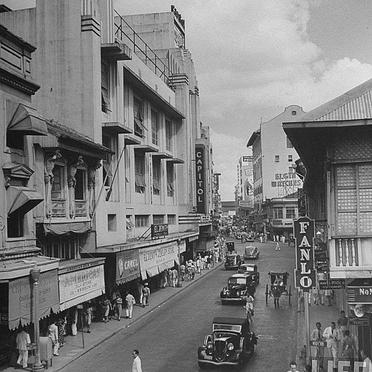
Salon de Pertierra, located at the corner of Escolta and Tomas Pinpin Streets and now known as the Peterson Building, was the home of the Philippines’ first movie house. Named after the Spanish pioneer filmmaker D. Pertierra, the Salon originally opened as a Phonograph salon, but the premiere was delayed past Christmas 1896 due to unknown reasons. On New Year's Day 1897, four French Films were debuted to a local audience, marking the start of the Movie Industry in the Philippines.
